Gateway to the True Mezzogiorno
Cilento is a marvelous region, much of it still wild, covering roughly 1000 square miles south of Salerno. A large swatch of the territory is protected by the National Park, which extends from Monte Cervato (1900 m) to the caves of Palinuro and from the Velia acropoli—home of the Eleatic school—to the Sapri coast.
This is the gateway to the true mezzogiorno. No wonder the Romans, who knew a thing or two about administrative subdivisions, drew the border between Campania and Lucania at the Sele River. The sensation of crossing an ancient border remains vivid and palpable even to first time visitors.
Leaving behind the congestion of Naples, you face the great wide open: olive mills, rivers, mountains, beaches and a sea teeming with fish. The temples of Paestum and ancient Greek ruins have become the entrance to the Cilento and Vallo di Diano National Park, a UNESCO World Heritage Site.
Comprising eighty comuni, a hundred kilometers of coast, the tallest mountains and densest forests in the region, the park is one of the largest protected areas in Italy.
Not only does it contain hiking trails and greenery, but also many miles of archaeological excavations; thousand-year old churches with perfectly preserved bell towers, crypts and frescoes; dozens of historic towns dating back to the Middle Ages; and ancient monasteries and castles.
In recent years, people have flocked to Cilento to visit its vineyards, wine cellars and farming businesses that produce exquisite food, including mozzarella, Bufala yogurt and gelato, Paestum artichokes, sheep’s-milk cheese, white figs and extra virgin olive oil.
Indeed, this is one of the liveliest areas of agricultural production in Southern Italy. Besides successful wines, olive oils, mozzarella di bufala and figs, the area boasts about 200 eco-friendly agriturismi dedicated to preserving the biodiversity of Cilento.






























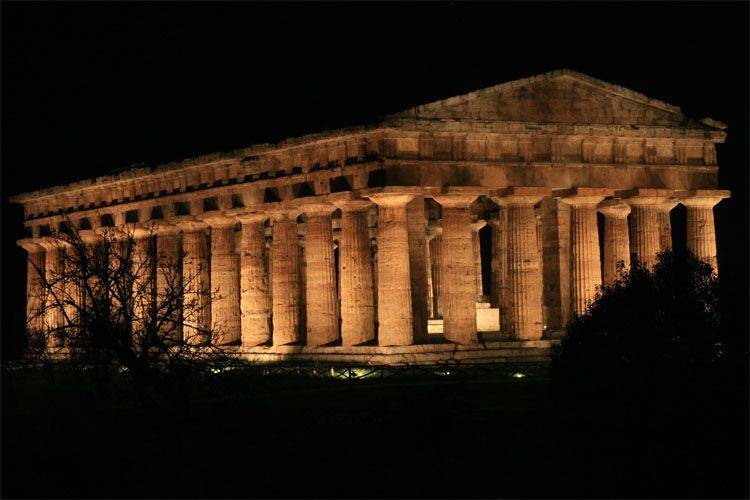
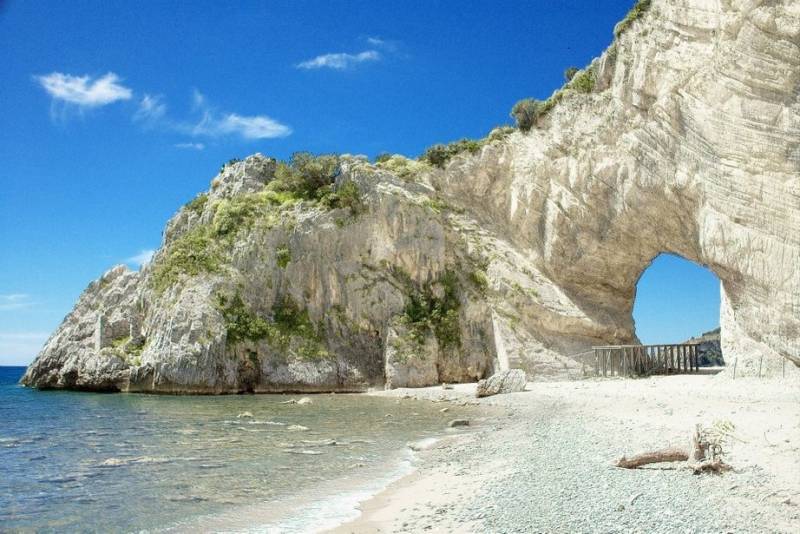
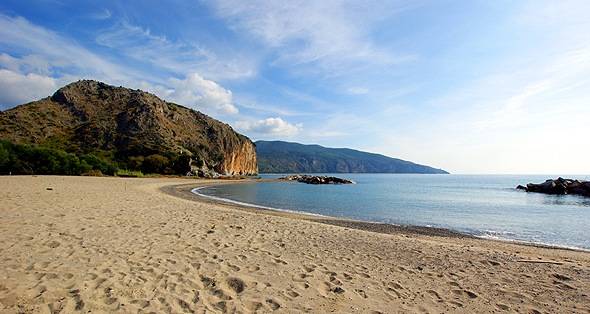
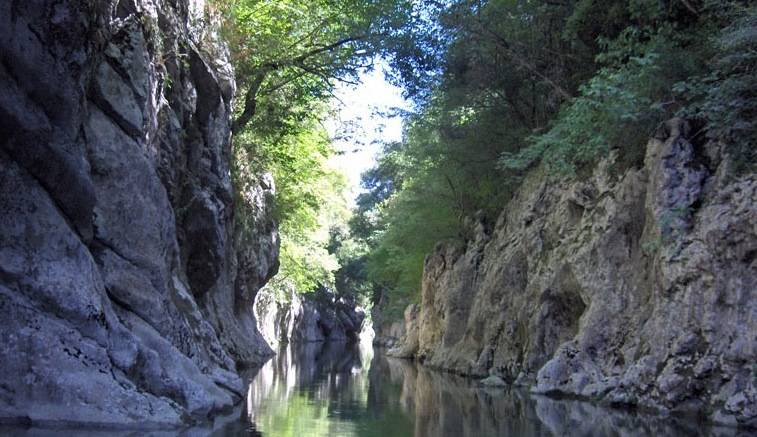
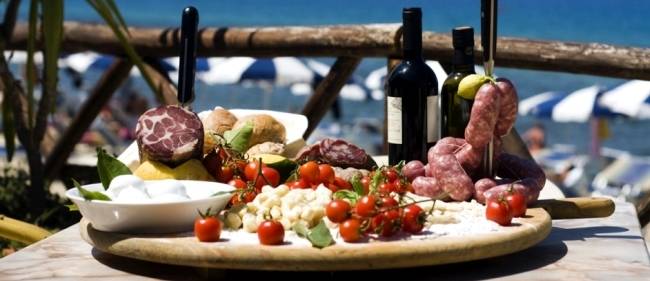



i-Italy
Facebook
Google+
This work may not be reproduced, in whole or in part, without prior written permission.
Questo lavoro non può essere riprodotto, in tutto o in parte, senza permesso scritto.